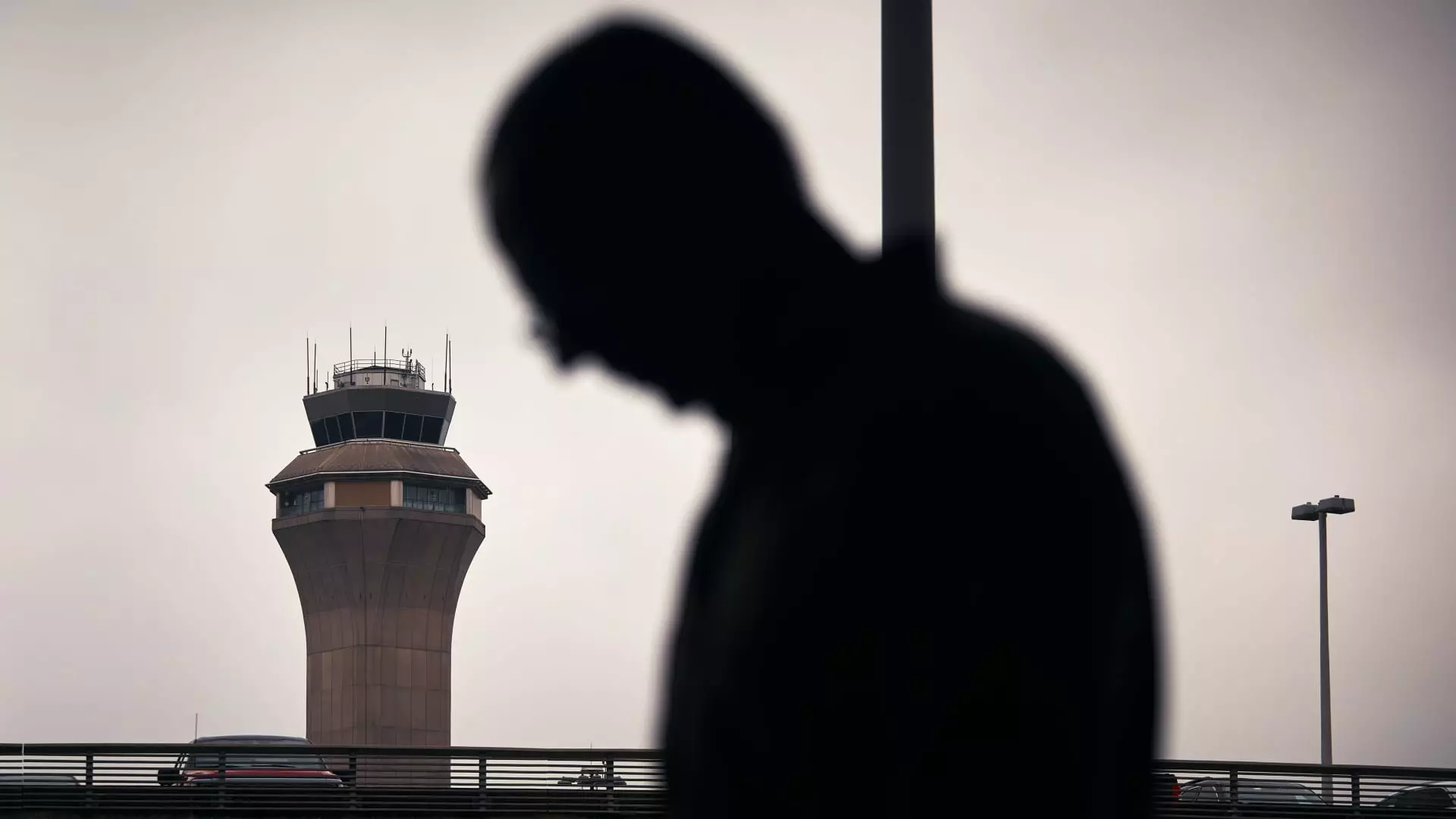In a shocking revelation, air traffic controllers at Newark Liberty International Airport recently experienced a worrisome 90-second outage, losing both radar and communication capabilities with aircraft just before dawn on a Friday morning. While the Federal Aviation Administration (FAA) reported that the limited number of overnight flights helped mitigate the disruption, this incident raises serious questions about the reliability of our nation’s air traffic control systems during peak hours. With almost 45,000 flights navigating the sprawling expanse of U.S. skies daily, any lapse in communication and surveillance is a cause for alarm.
The Aftermath of Previous Outages: Stress and Repercussions
In April, a similar outage wreaked havoc on air travel, leaving planes stranded and passengers stranded for days. The effect of that incident was so profound that multiple controllers reportedly took leave, unable to cope with the stress and pressure associated with such high-stakes environments. It’s a curious irony that as the Trump administration unveils a plan aimed at modernizing our aging aviation technology, increased stress levels among controllers threaten to compound inefficiencies in an already beleaguered system. This dual reality—that the controllers, the backbone of flight safety, are suffering from low morale, burnout, and inadequate resources—is a ticking time bomb waiting to go off.
A Timely Call for Revolutionary Investment
On the heels of this latest incident, Transportation Secretary Sean Duffy’s announcement for an overhaul of the air traffic control system is undeniably timely and necessary. The proposal, which has garnered support from both aviation industry groups and labor unions, pledges to inject at least $31 billion into improvements over the next three years. Duffy’s plan suggests that lawmakers need to rally around this cause and approve robust funding aimed at modernizing the tools and staffing levels essential for safe air travel. It’s not just a financial issue; it’s about the safety, efficacy, and reliability of an infrastructure that underpins our economy and day-to-day life.
The Unforgiving Realities of Low Staffing
The situation is exacerbated by alarming reports of low staffing at FAA facilities, especially in Philadelphia where Newark controllers operate. This reduction in personnel is not merely a bureaucratic inconvenience; it directly translates to diminished safety in America’s airspace. With a dwindling number of controllers to manage increasing air traffic, the potential for human error rises exponentially, increasing risks for passengers and crews alike. The FAA’s attempts to slow airport traffic to cope with these shortages suggest a reactive rather than proactive approach, indicating a systemic failure in aviation oversight.
Demanding More than Band-Aid Solutions
One can’t help but wonder: Are half-measures sufficient in tackling such colossal challenges? If we settle for mere band-aid solutions, such as stepwise funding for necessary upgrades, we risk ignoring the crux of the problem—an outdated and overwhelmed air traffic management system. The implications are too significant to overlook. It is clear that decisive and comprehensive action is critical if we are to safeguard not only the integrity of our aviation system but also the lives of millions relying on it daily.

